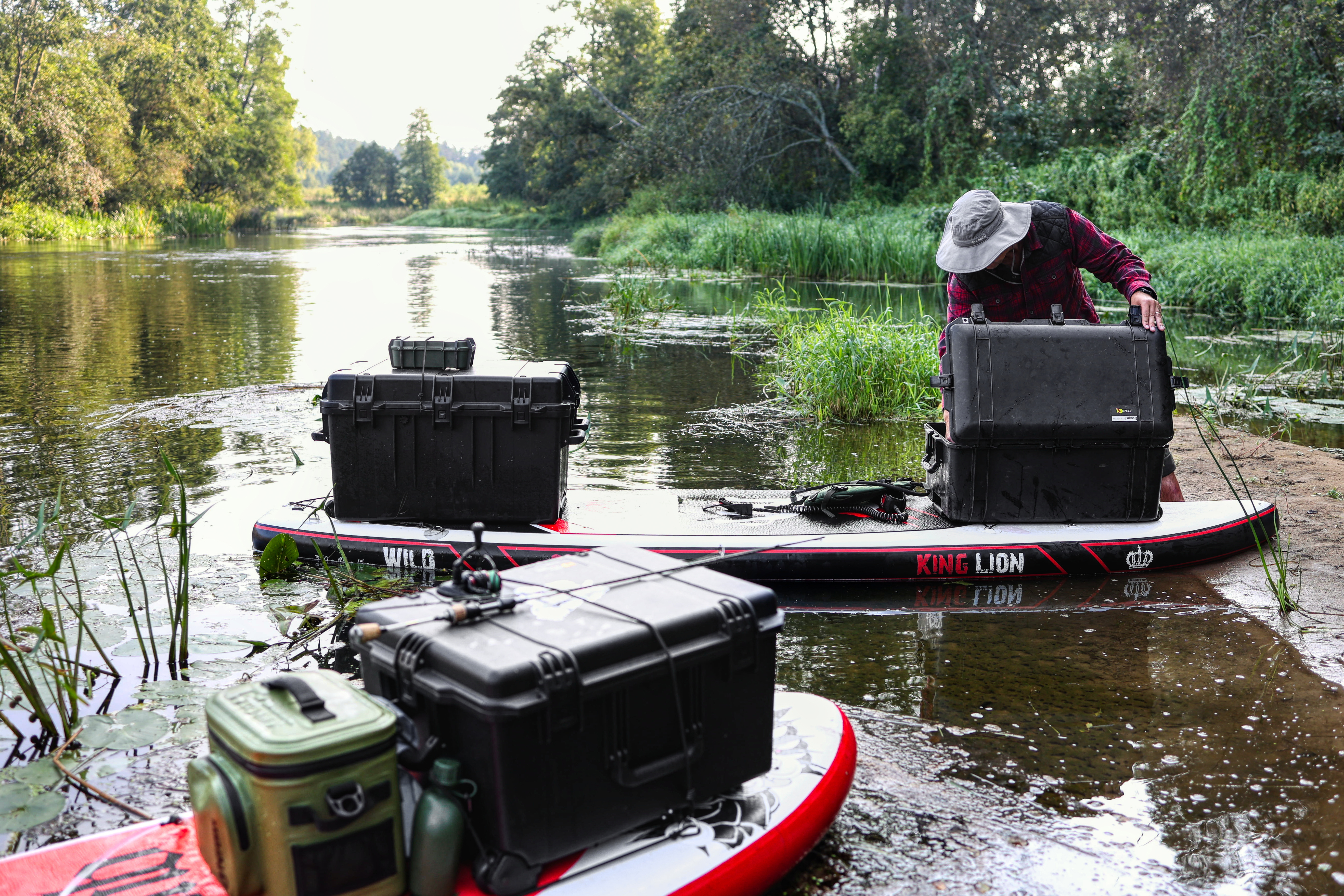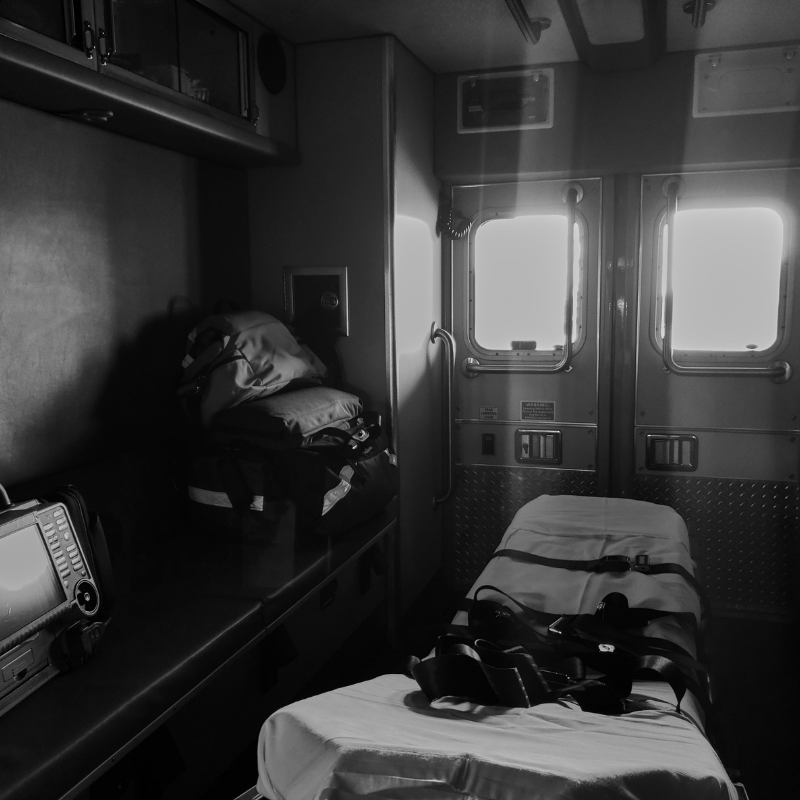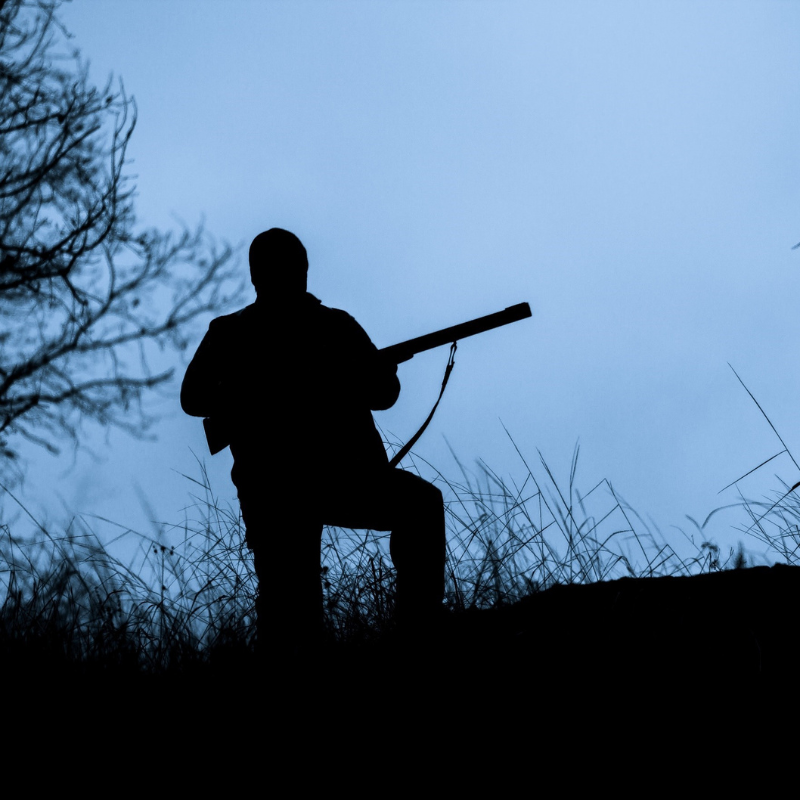In this interview with our Peli Pro team member Ricardo Nascimento, he tells us all about his intriguing beginning as an underwater cinematographer and about some of his most exciting projects in this challenging job.
PELI: How did you decide to become an underwater cinematographer?
RN: I decided to become an underwater cinematographer a long time ago. I started bodyboarding when I was 14 years old and at 19, I started my career as a water photographer on some of the best surf breaks in Portugal. At the time, I was studying mechanical engineering and photography was just a hobby that I had just started out. One day I was skateboarding and broke my right wrist, which in hindsight turned out to be a fortunate event. This was because I couldn’t take photos anymore because you do really need your dominant hand to do it, which for me was my right hand. So, I had to adapt and started shooting videos using just my left hand, walking around with a full cast on my right and the camera on a tripod in the left. I realized that I was able to tell a more complex story through videos than through photography. It allowed me to answer questions and inspire people. That got me hooked, so when I got my cast removed, I started filming in the water. Eventually I started shooting more and more and decided to quit my degree in mechanical engineering. What made me absolutely certain that I was on the right track was the trip with my best friend David Ochoa to Cape Verde to shoot our feature documentary Agua Negra. It was an amazing experience and the steppingstone to everything else that followed. I became a full-time underwater cinematographer and never looked back.
PELI: What is your favourite thing about your job and the most challenging one?
RN: What I love the most about my job is being able to tell a story with just images. There’s something about being able to show people something that they’ve never seen before. It’s pretty cool when everything aligns and we’re able to inspire people with the stories that we tell. Choosing the right lens, the right light, and the right composition to tell the story the best way we can and do it justice. That’s the best part of the job for me: people looking at the stuff we do and feeling inspired by it to spark that little kid that they have inside them to do what they always dreamt of doing.
In terms of challenges, I could mention two: professionally, making sure that what you’re doing aligns with the director’s vision and, especially on documentaries, that you have enough time to shoot everything required to tell the story. Time is never ever enough on a shoot. On a personal level, the biggest challenge is dealing with your own demons, the demons that keep you up the night before a shoot saying that you might not be good enough; the ones that will make you believe that everyone else is better than you. What I do is feed of it. If I think I’m not prepared, I’m going to work triple to make sure I am prepared and check everything in advance. It’s a tricky game to play when trying to find the balance between the two though. I believe it comes with experience and it’s a good thing. It means you’re out of your comfort zone. They say that’s where the magic happens right?
PELI: What are the required skills for your profession?
RN: The main required skill to be an underwater cinematographer is being able to be comfortable in the water. You must feel good when you’re in the ocean, no matter how many hours you have to spend swimming around.
Next, I would say is having an eye for composition. That’s how you’ll tell your stories with just your camera, choosing the right focal lens, the light, etc.; all the technical details to make the best possible image with the camera you’ve got in your hands.
The other thing you’ll need is to believe in yourself. Shooting in the water is hard. There’s waves, currents, cold, sun and then shade. And if you want to shoot marine wildlife, you’ll find out that they swim and they won’t wait around for you to be ready! You just have to hit the REC button and try your best to get the shot you want and if you don’t nail it at the first try, just try again! You’ll get it.
PELI: You directed and filmed a movie called Agua Negra, which features three people on a spearfishing adventure on the Cape Verde Islands-one of them your friend and also Peli Pro David Ochoa. Could you tell us a little bit about the project and the experience of filming so many scenes under water?
RN: Agua Negra is the most rewarding project we ever shot. We first talked about going to Cape Verde just a week before actually landing on the islands; it was one of those “let’s just do it” moments. I really believe David Ochoa is one of the few people that’s crazy enough to say “yes” to these kinds of projects. We decided to show people the side of spearfishing that they had never seen before; that spearfishing is more than just catching fish, it’s about the friends we meet along the way, the places we go to, the culture, the locals and the bond that’s created when you share that fish you caught. Shooting so many scenes underwater was tough. We were on local wooden boats, and at the time, we didn’t have the right gear to do all those shots, but we tried our best to tell the story and it worked. We had very few resources, so we balanced that with staying there for twenty-seven days to be able to shoot everything we needed.
Watch the video Agua Negra here
PELI: Are you currently working on any project that you could tell us a little bit about?
RN: Currently, we’re working on Agua Negra 2. We had a lot of work after the first movie was over because it took us a long time to edit it, but the good thing is that now we know a lot more than before, we learned a lot by doing the first movie from scratch. We also have the right gear for the job since we upgraded to the Red Gemini 5K camera. We’ve been shooting around the world in different locations and we’re currently waiting for one of our main shooting locations to open up due to the COVID-19 lockdown so we can fly there and shoot what we need.
RN: Peli cases have become fundamental when traveling to shoot or just storing gear when not shooting. For traveling I always use the Peli Air 1607 to store my water housing along with other gear. The case is so solid that I’m never worried when I check it in on a plane. It always arrives intact. When on location, it’s the case I use to store my water housing before jumping into the water with my camera. As hand luggage, I use the PELI AIR 1535, in which I store my camera along with hard drives and accessories. I also use that same case to store the equipment at the office to protect it from humidity with the 1500D desiccant silica gel. Recently I started using the big Peli 1615TRVL Air Travel case to take extra equipment that’s always necessary on these kinds of projects, such as stabilisers or just diving equipment. The dividers make it really handy because I can arrange them as I like depending on the gear I need to store.
I am just back from Pico Island in the Azores where I have been shooting a small expedition documentary featuring a group of people climbing during the night, so I have been using my Peli headlamp 2760 to light the way into the darkness.




.png)





Post a comment